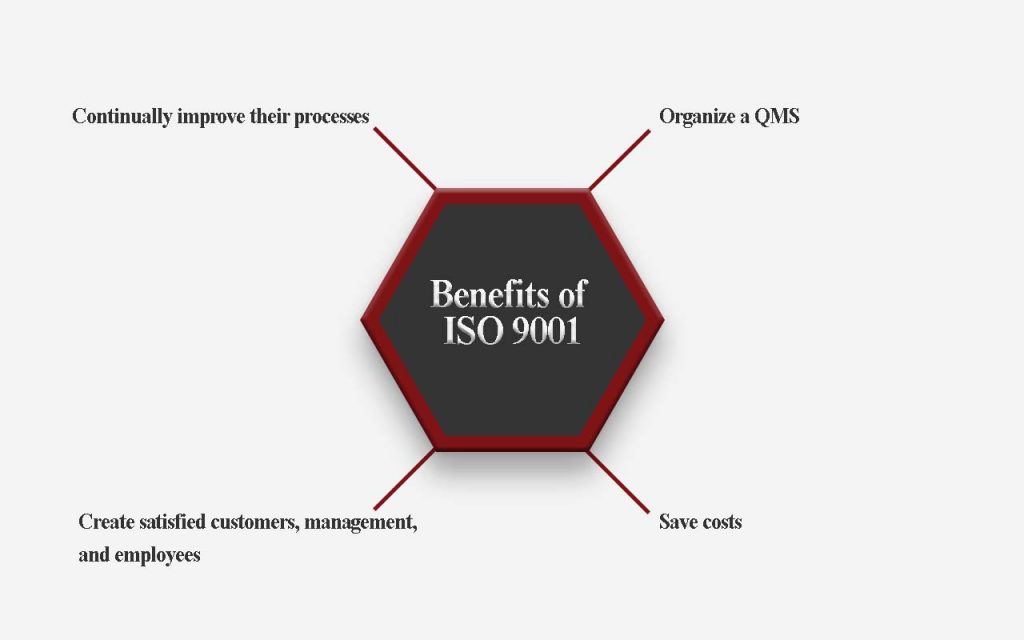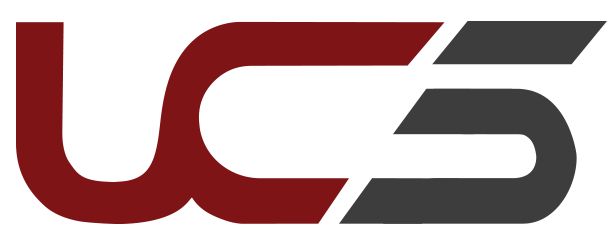What is ISO 9001:2015?
ISO 9001:2015 sets out the criteria for a quality management system (QMS) and is the only standard
in the ISO 9000 series that can be certified to (although this is not a requirement). It can be used by
any organization, large or small, regardless of its field of activity. In fact, there are over one million
companies and organizations in over 170 countries certified to Quality Management System certification.
This QMS has been proven to help managers feel more in control of the work done and feel safer in
terms of It is a work cycle that is based on a Plan-Do-Check-Act methodology (PDCA cycle), which is
necessary for continuous improvement.
QMS Principles:
The seven principles of quality management are:
QMP 1 – Customer focus: Focus on your customers and their needs.
QMP 2 – Leadership: Develop a strong management team.
QMP 3 – Engagement of people: Getting your team involved in the management system.
QMP 4 – Process approach: Plan processes and their interactions.
QMP 5 – Improvement: Embrace continual improvement.
QMP 6 – Evidence-based decision making: Base your decisions on facts.
QMP 7 – Relationship management: Develop mutually beneficial relationships with suppliers.
Why ISO 9001?
The ISO 9001 describes the criteria for an efficient framework for quality management system. It identifies the guiding principles that can be used by aligning and streamlining processes within the organization in an attempt to minimize costs, create new opportunities, fulfill regulatory requirements, and help companies grow into new markets where consumers need ISO 9001 certification. Organizations find that this standard enables them to organize the QMS effectively, to build happy clients, managers and staff, and to improve their processes on an ongoing basis.
Key Points For Getting QMS Certification
Organizations should consider the following list before starting to prepare for the Certification:
- The methods that the company use for the creation and implementation of the standard.
- A good consultant for implementing the the standard (if required).
- The organization must obtain appropriate resources.
- The compliance with the country’s standards and regulations.
The Importance of ISO 9001
ISO Certification Services can be accessed by any company, irrespective of its size, area of interest or sector. ISO standards can strengthen the business processes of an enterprise and add value to them. The standard for quality management system is defined by ISO 9001:2015, where a company needs to evaluate and demonstrate its ability to provide goods that satisfy customers.
Duration of getting ISO 9001 certification
The ISO certification is a progressive loop, not a single function, and is in accordance with the requirements of important international standards. ISO certification can be obtained within 1 week from UCS. The duration includes the certification audit and certificate delivery.
Benefits of ISO 9001
ISO 9001 helps organizations ensure that their customers consistently receive high quality products and services, which in turn brings many benefits, including customer satisfaction, increased revenue, employee commitment, better documentation and improved processes.
Because ISO 9001 specifies the requirements for an effective quality management system, organizations find that using the standard helps them to:
- Organize a QMS
- Have satisfied customers and employees and have good management
- Continually improve their processes
- Save costs
to read more about benefits of Quality Management System Certification click here

you can check International Organization for Standardization site to get more information

